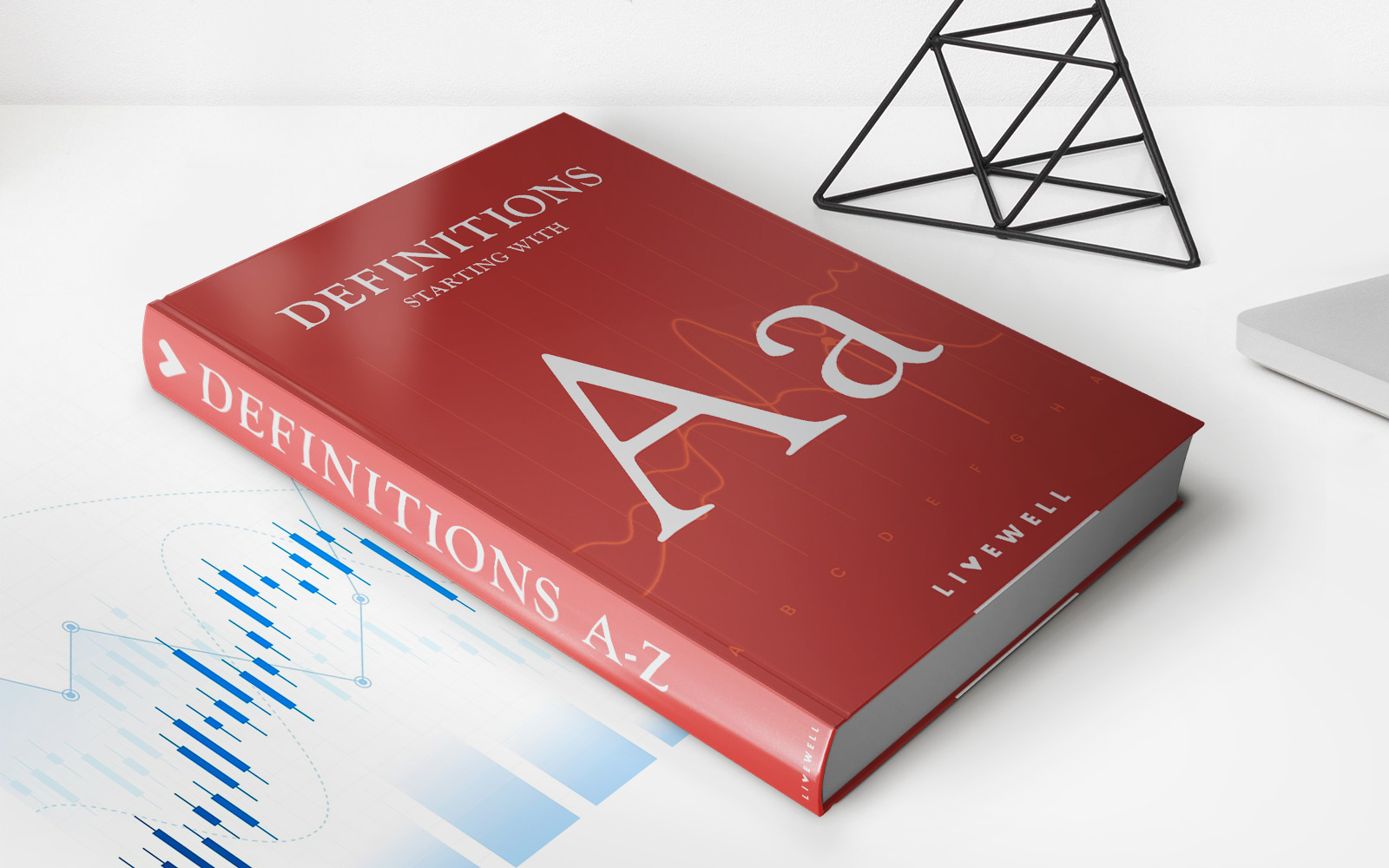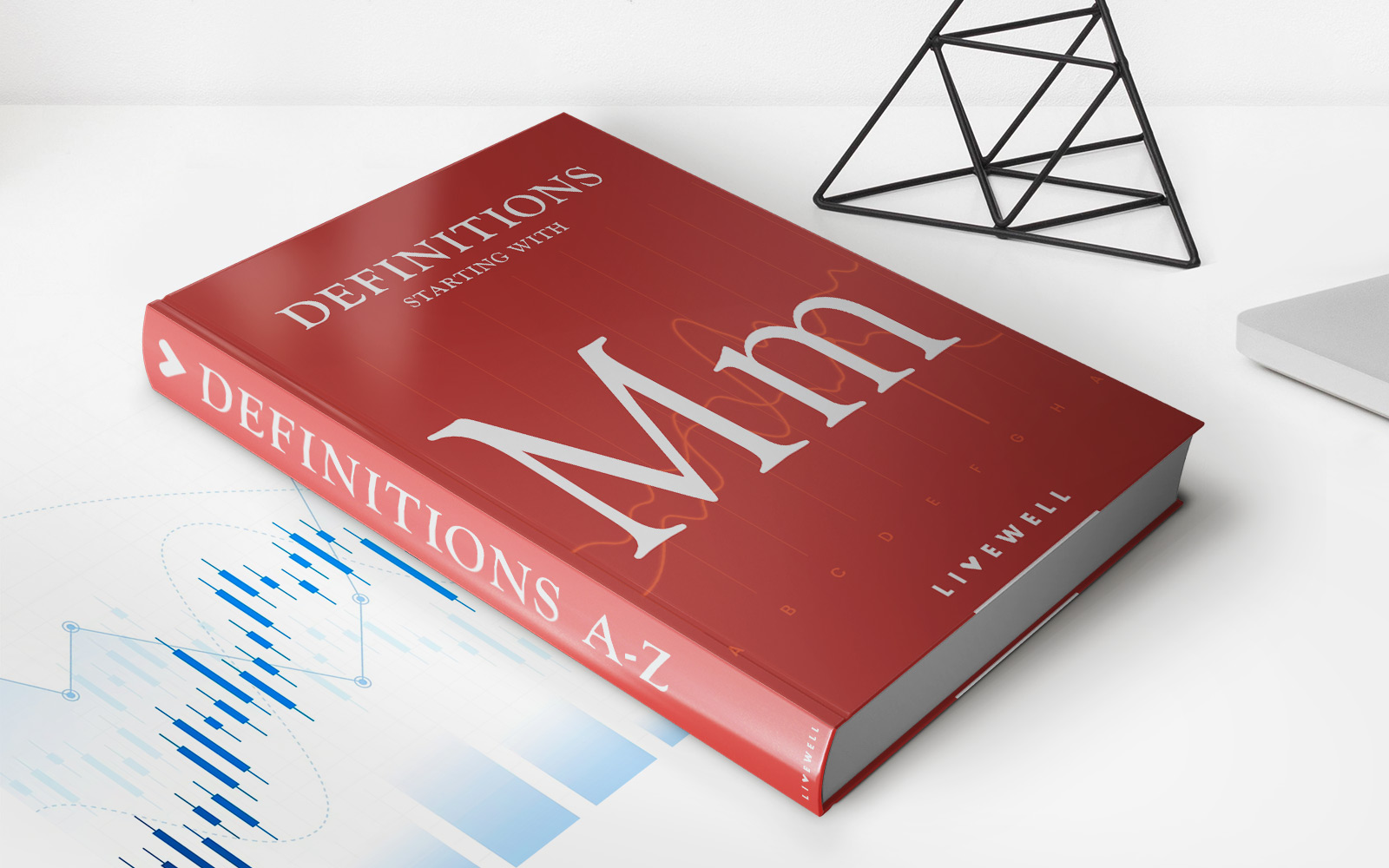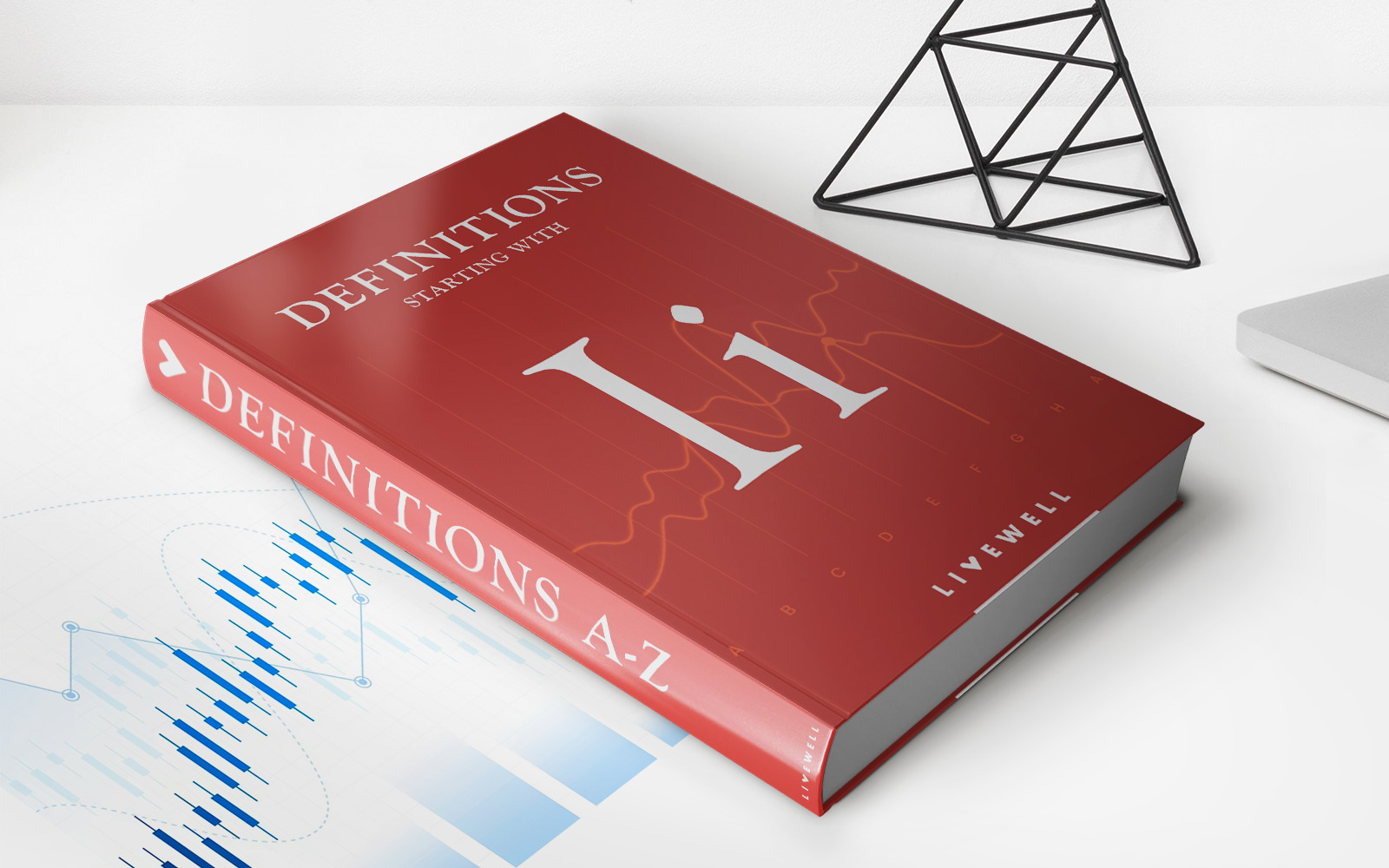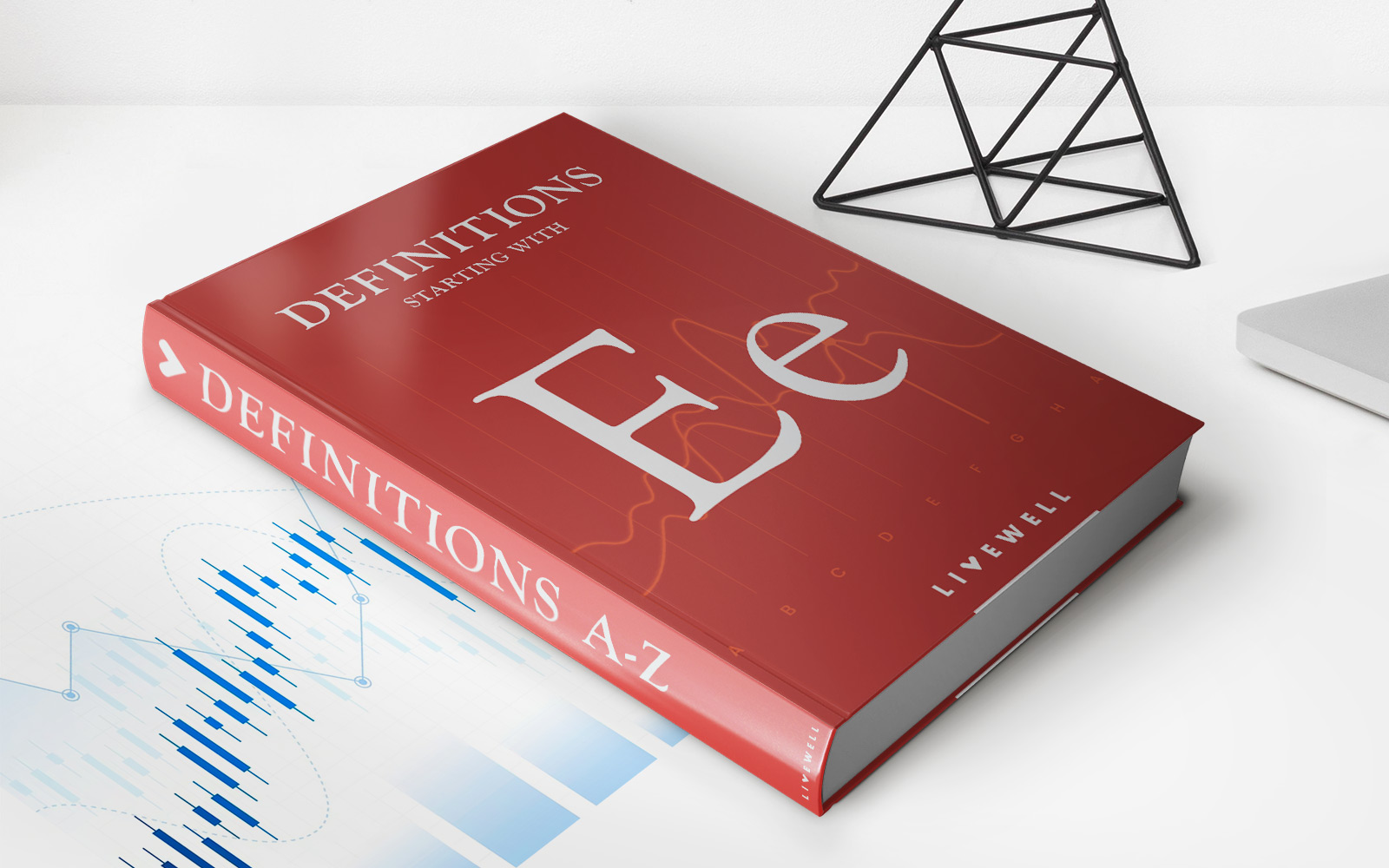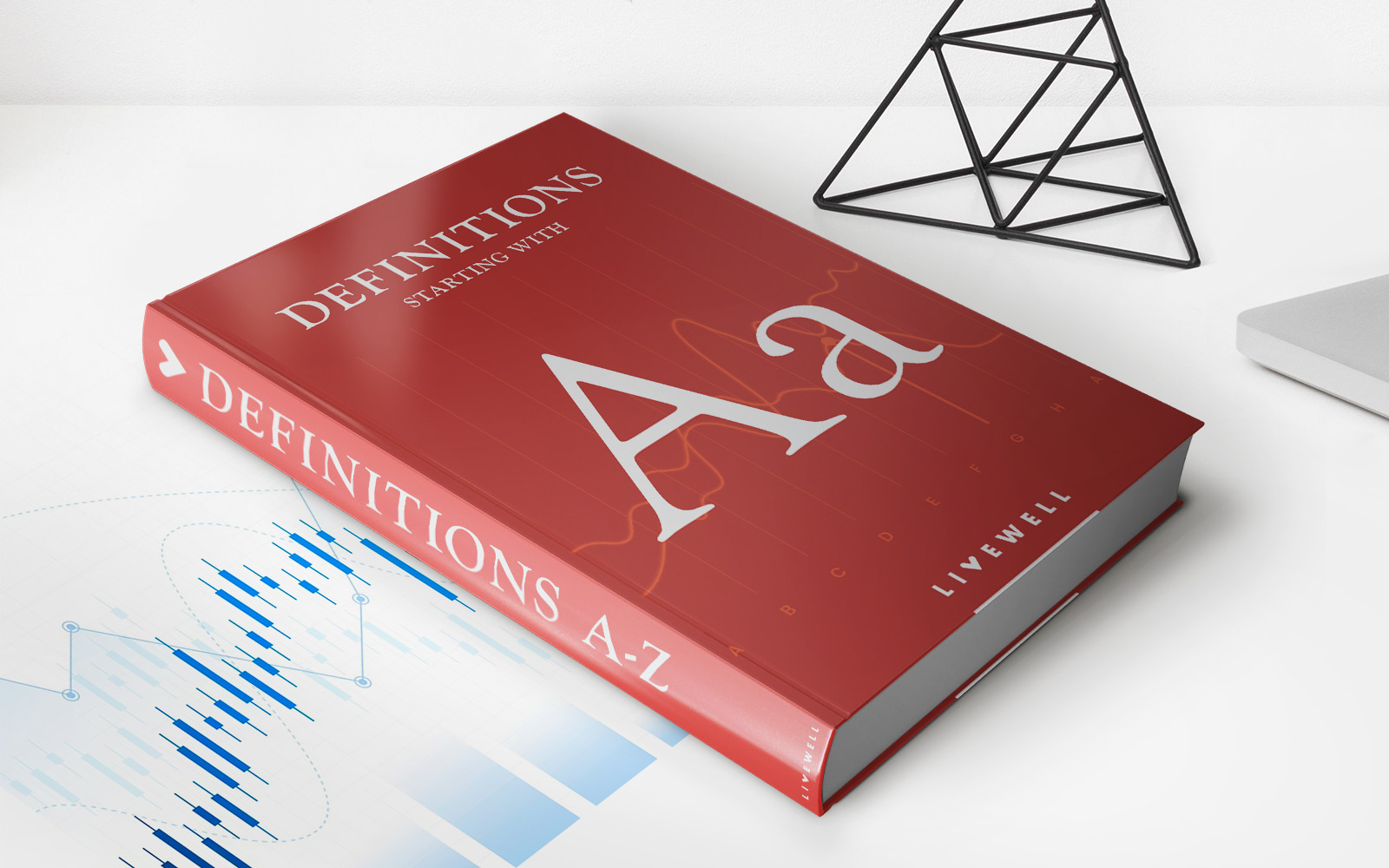Home>Finance>What Is Bill And Hold? Definition, How It Works, And Example


Finance
What Is Bill And Hold? Definition, How It Works, And Example
Published: October 16, 2023
Learn about Bill and Hold in finance: definition, how it works, and example. Discover how this practice can optimize business operations and increase efficiency.
(Many of the links in this article redirect to a specific reviewed product. Your purchase of these products through affiliate links helps to generate commission for LiveWell, at no extra cost. Learn more)
What is Bill and Hold? Definition, How It Works, and Example
Welcome to our FINANCE blog category, where we shed light on various topics to help you navigate the world of personal and business finance. In this blog post, we’ll be discussing the concept of bill and hold, a practice that is widely used in the financial industry. So, what exactly is bill and hold? How does it work? And, what are some examples of bill and hold transactions? Let’s dive in and find out!
Key Takeaways:
- Bill and hold is a financial practice that allows a company to recognize revenue and expenses for a transaction, even though the physical delivery of goods or services is delayed.
- This practice is often used when both the buyer and seller agree to the terms and conditions of the transaction, including the specific date of the transfer and the storage location of the goods.
Definition of Bill and Hold
Bill and hold is a financial arrangement in which a company both bills and holds onto the goods or services sold, rather than delivering them immediately to the buyer. This practice allows the seller to recognize revenue and expenses related to the transaction, despite the delayed physical delivery of the product.
The main purpose of bill and hold is to align the recognition of revenue and expenses with the timing of the transaction, so that the financial statements accurately reflect the economic substance of the sale. It is important to note that for a bill and hold transaction to be valid, both the buyer and seller must agree to the terms and conditions, including the specific date of transfer and the storage location of the goods.
How Bill and Hold Works
In a bill and hold transaction, the process generally involves the following steps:
- The buyer and seller agree on the terms and conditions of the transaction, including the date of transfer and the storage location for the goods or services.
- The seller invoices the buyer for the goods or services.
- The seller retains physical possession of the goods or services in a specified location until the buyer requests delivery.
- Once the buyer is ready to take delivery, the seller releases the goods or services from the agreed storage location.
By following this process, the seller can recognize the revenue and expenses associated with the bill and hold transaction, even though the physical delivery is delayed. This practice is particularly useful in situations where the buyer has limited storage capacity or wants to delay taking possession of the goods for operational or financial reasons.
Example of Bill and Hold
To illustrate the concept of bill and hold, let’s consider an example:
Company XYZ manufactures furniture and has a long-standing relationship with a retailer, Company ABC. The two companies agree on a bill and hold arrangement for a large order of dining tables.
Here’s how the bill and hold transaction would unfold:
- Company XYZ manufactures the dining tables as per the specifications provided by Company ABC.
- Company XYZ invoices Company ABC for the dining tables, even though the physical delivery is delayed.
- Company XYZ stores the dining tables in their warehouse, to be released for delivery when Company ABC gives the go-ahead.
- Once Company ABC is ready to receive the dining tables, Company XYZ arranges for their delivery to the retail location.
During this entire process, both Company XYZ and Company ABC can recognize the revenue and expenses associated with the bill and hold transaction, even though the physical delivery is postponed until Company ABC is ready to accept the dining tables.
Conclusion
In summary, bill and hold is a financial practice that allows companies to recognize revenue and expenses for a transaction, even though the physical delivery of goods or services is delayed. By aligning the timing of recognition with the economic substance of the sale, companies can accurately reflect the financial aspects of bill and hold transactions in their financial statements. This practice is particularly useful in situations where storage capacity or operational reasons make delayed delivery beneficial. Understanding bill and hold can help both businesses and individuals when analyzing financial statements and assessing the stability of a company’s operations.
Thank you for reading our blog post on bill and hold. Stay tuned for more informative articles on various finance topics!

